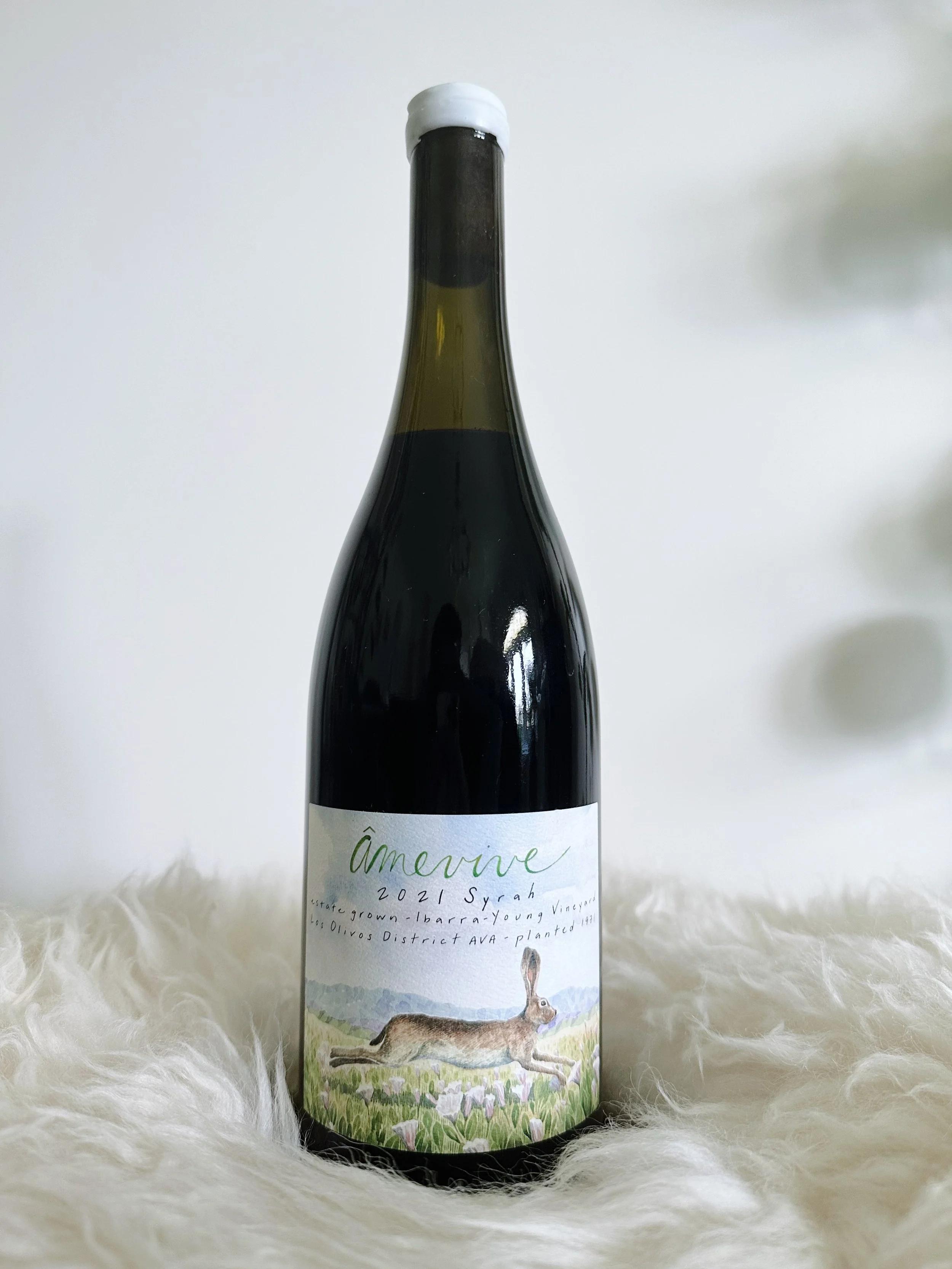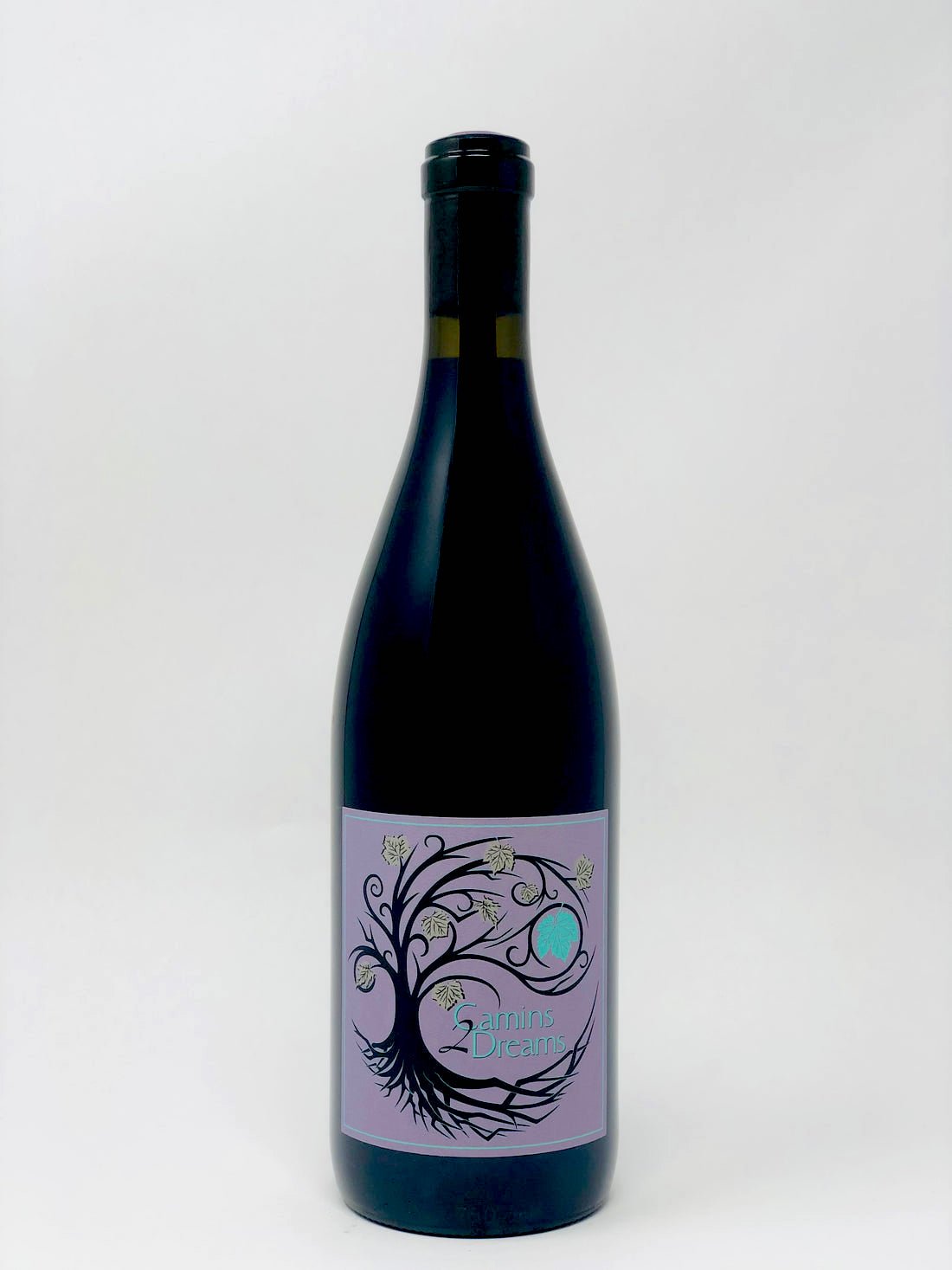âmevive 2021 syrah, ibarra-young vineyard
âmevive 2021 syrah, ibarra-young vineyard
Case configuration: (6 x 750mL)
Winery:Âmevive
Appellation: Los Olivos District AVA, Santa Ynez Valley, Santa Barbara County, Central Coast, California
Philosophy/Practices: Biodynamic and regenerative organic practices
Grape Variety: 100% syrah
ABV: 12.2%
The friend you never want to go home. Caring, funny, inquisitive, genuine. Violets, ripe red fruits, lots of acid and grip, this wine will age and cellar exceptionally well.
Some notes from Alice: “The Syrah is part of the original planting at Ibarra-Young Vineyard, planted in 1971. It is own-rooted, it’s been farmed organically since 1993, and it’s possibly my favorite block. Can I pick favorites?? This Syrah block is located on a sandy loam slope in the most fertile section of the vineyard. These vines produce tight and dense clusters averaging the size of your palm. When they are ripe, the cluster’s dainty golden stems pop off with a small tug-you don’t even need sheers to harvest!
The Syrah was harvested in two picks in order to gain depth, acidity, and layers of different tannin structures in the final wine. The first pick was harvested around 21B and was fermented 100% whole cluster. The second pick was was harvested 10 days later. Both picks were fermented 100% whole cluster, partially in larger fermentors and partially in open top barrels. The two lots were blended about a month before being bottled unfined and unfiltered in July of 2022.
Label Art: Lepus californicus, the black-tailed jackrabbit, running through a patch of morning glory was painted by my mother, Eileen Anderson. The black-tailed jackrabbit thrives in our no-till vineyard. They are primarily nocturnal and feed on the vegetation and grasses throughout the vines. They aren’t burrowing animals so they don’t harm the vineyard floor like a cottontail would. The morning glory can be a nuisance on the vineyard floor in wetter environments, but it is simply a splash of color and food for pollinators in our arid climate where it doesn’t take over. The back label depicts a small branch of Quercus lobata, the valley oak tree. The old valley oak trees were here long before these vine rows and continue to provide a home and food for birds, bugs, bats, and small mammals that thrive alongside our vines. They also provide a substantial amount of shade in the hot summer days. We love these oaks just as much as our old vines.





